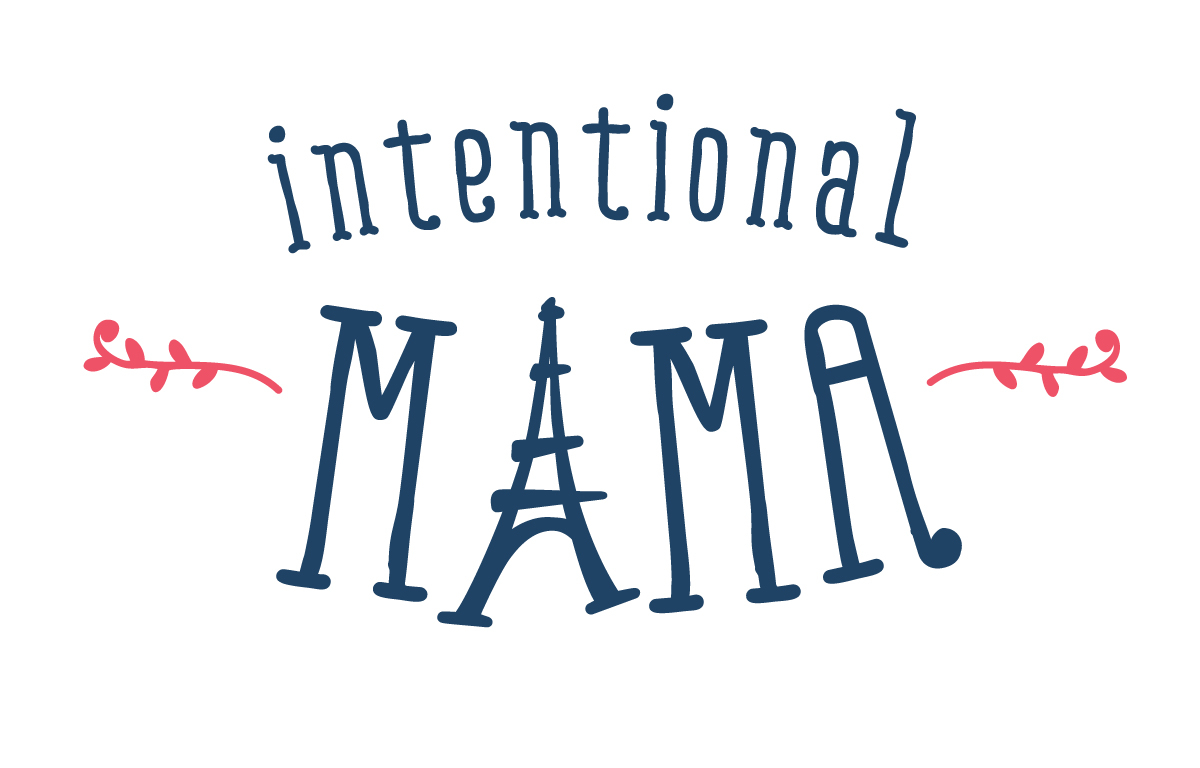Metz is a Must: What Makes This French City a Hidden Gem
“Is there anywhere you’d like to go in France?” I asked my husband. “I’d like to visit Verdun,” he replied. He has taught Modern World History for nearly two decades now, so I understood his desire to see the sites linked to The Great War’s longest battle.
A glimpse of Metz’ historic streets in le Grand Est, France
Verdun itself is a modest modern city of more than 18,000 inhabitants now, but I decided we would stay in Metz because of its larger size, its reputed beauty and numerous bridges, and its proximity to another historic site: Hackenberg, one of the first and largest underground forts on the Maginot Line. The Maginot Line was a series of concrete fortifications built by the French all along their northern and eastern borders to deter and defend against potential German and Italian attacks after the First World War. My kids will be learning modern world history this coming school year, so I felt that seeing these former military sites now will help them better understand their upcoming studies.
Metz’ Cathedrale Saint-Etienne and the Moselle River
Metz turned out to be a beautiful city and a hidden gem since most visitors to France aim for Paris and France’s other large cities like Nice, Bordeaux, Lyon, and Marseille. Metz, in contrast, is a key city in le Grand Est (the vast east) and requires special attention to reach on its own. It’s about two hours east of Paris by train, and it’s only about 30 miles (50km) from France’s eastern borders with Germany and Luxembourg. It’s a city that has been established for thousands of years at the beautiful confluence between the Moselle and Seille rivers. Initially it was settled by Gauls and Romans, was once the capital of Austrasia (a Frankish Empire), and in the past two centuries it was twice occupied by Germans before France gained it back as a key city in Lorraine. (It seems that all of France has adopted a love for the quiche lorraine which originally hails from this region. The family who agreed to let us stay in their Metz home was kind enough to make this regional dish and keep it in the fridge for our arrival!)
Quiche lorraine photo by Merle ja Joonas
Metz’ history and support for art means that today it is a city of amazing architecture from various periods: it has a stunningly beautiful Gothic cathedral and a well-maintained medieval wall around the perimeter of the city; its 1908 train station was recently voted the most beautiful in France, and its newer Centre Pompidou art museum (inaugurated in 2010) reflects sunlight off its sleek and curvy Teflon tile roof.
Gare de Metz / Metz train station photo by Patrick Morio
Centre Pompidou Metz with its teflon-coated roof; photo by Patrick Morio
As an American family who had just arrived in France however, our five-day agenda in Metz was kept simple. Initially we just enjoyed feeding the chickens and relaxing in the backyard garden of our homestay, later visiting the long park along the Seille river, featuring wonderful playgrounds and a zipline for our children to enjoy.
Next we explored the Porte des Allemands, a 13th century castle bridging the Seille River. Though built as part of the city’s defense centuries prior, it was controlled by the Germans during WWII, and they added a rare double helix staircase so that they could descend from the castle tower without crossing any enemy soldiers coming up the stairs at the same time! Outside this same castle we found contemporary wooden swings designed by artists for the city’s current Constellations art festival. Two of the swings were functional and fun; others were simply hung high for inspiration and awe.
At the top of the double helix staircase: my boys going down on the left; my daughter coming up on the right.
Enjoying the pendulum-like wooden swings at Porte des Allemands, Metz
A fanciful bell-like wooden swing for the Constellations Art Festival in Metz
In short, Metz was a fantastic base for exploring Verdun and the Hackenberg fort on day trips, and I’ll share more about those thought-provoking experiences in a future post. Nonetheless we gladly spent our final day in Metz walking the cobblestone streets of the Cathedral District, admiring the Moselle river, and exploring the soaring medieval cathedral of Saint Etienne. It boasts one of the highest naves and the longest expanse of stained glass windows in Europe. If we’d had more days in this city, I would have loved to visit the botanical gardens and the Centre Pompidou museum. “You’re leaving this for Paris?!” exclaimed a Belgian friend we met as we loaded up our rental car. I understood his surprise. Metz is such a liveable city with its moderate size, beautiful architectural history, green spaces, river walks, shopping, dining, and art museums. It deserves more appreciation and a longer stay, and it will always remain a bright gem of Eastern France.
Metz’ historic center at dusk. This is one of the largest commercial pedestrian areas in France.
Where would you like to go in France? Are you a fan of quiche lorraine? Are you dreaming of a wooden tree swing along Metz’ riverfront? Merci for reading this blog article at Intentional Mama and for joining us alongside our France travels!










